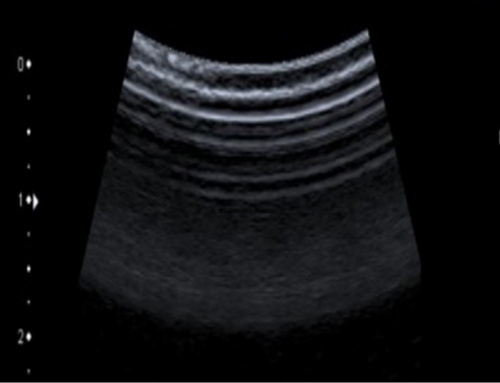Improving cost-benefit ratio and reducing risk are key aims for a technology developer when working to get a product to market. This is as true of the early stage development of a new product, as it is when iterating an already established product line. Challenges to these aims, and the innovations required to overcome them, differ depending on the stage of development of that particular technology. Technology Readiness Levels (TRLs) are a useful way of describing these stages.
Origin of the TRL
The Technology Readiness Level (TRL) scale is used to define the maturity of a technology and can help understand the various challenges that must be overcome at different stages in a technology’s development. Developed by NASA in the 1970s, TRLs have now been adopted and adapted by a wide array of industries for their respective sectors. TRLs have also inspired the development of additional scales against which solutions can be judged on their commercial readiness (CRLs), performance level (TPLs), manufacturability (MRLs), ability to integrate within wider systems (IRLs) and so on…
TRL 1-3: Initial research
Regardless of the scale, at lower levels (1 to 3), a developing technology is furthest from being market ready. At these levels of development, uncertainty abounds and it can be difficult to envisage all of the challenges and the extent of the technology’s benefit. Development at these TRLs is often carried out by academic institutions working on medium to long time scales and will involve feasibility studies and proof of concept research.
TRL 4-6: Technology development
The TRL region between 4 and 6 includes technologies that have been proven in concept, though still require validating and demonstrating in more industrially or commercially representative environments. Prototyping and demonstration of viability form a key part of these stages. This region is often referred to as the “Valley of Death” due to the numerous technologies that often get stuck at this level, usually due to the lack of investment and ownership from academia and industry that typically focus on opposite ends of the scale.
TRL 7-9: Commercialisation
Technologies at higher TRLs (7 to 9) are either on the cusp of being a commercial product or are already in the market. At these higher stages more is known about technology, but cost and risk are usually also higher. Development at these levels typically involves sub-system or full system verification and qualification, and other activities to bring a fully mature product to market. Technologies at higher TRLs are often owned and developed by the industry.
Xi’s approach
Xi Engineering Consultants have experience working with technology developers right across the TRL scale. By combining their expertise in the measurement of real world systems, digital twin simulations, design optimisation and customised app development, Xi can help developers accelerate timelines and reduce costs on their paths to getting their prototypes to market regardless of TRL. As an R&D partner, Xi applies physics principles to ask the right questions at the right time to address the pertinent challenges faced by developers at their technology’s particular TRL.
Empowering our clients
Xi Engineering Consultants work closely with technology developers, forging strong professional relationships and partnering with them in one-off pieces of work or journeying with them as a flexible external R&D resource to expand measurement and simulation capacity. Through developing these relationships and their expertise, Xi can provide data, insight and technical solutions to enable developers to make informed decisions on how to advance their technology, raise finance and gain traction with end users. Xi can also empower developers to undertake their own cutting edge simulation work by providing them with apps tailored to their specific technologies.
TRL Example projects
Currently, Xi Engineering is working with Magway (TRL 4 – 7) on their zero-emissions goods delivery system to model and validate prototype designs. Work to date has allowed electromagnetics, thermodynamics, noise and vibration to be fully quantified and understood through advanced simulation. The goal of this programme of work is to support the technology development from the initial design phase through to commercial deployment.
How working collaboratively with Xi can help you accelerate through your projects TRLs
Whether it’s early TRL Due Diligence to verify proof of concept for investor readiness, expanding the capacity of your prototyping team to move from technology development to commercialisation without the overheads, or final stage checks before going to manufacture; Xi makes the ideal collaboration partner for the development of your technology.
Get in touch with us if you want to hear more about how we can help you accelerate your technology’s route to the market.





